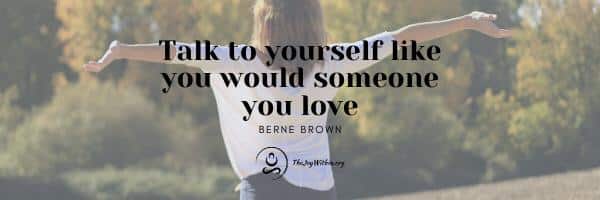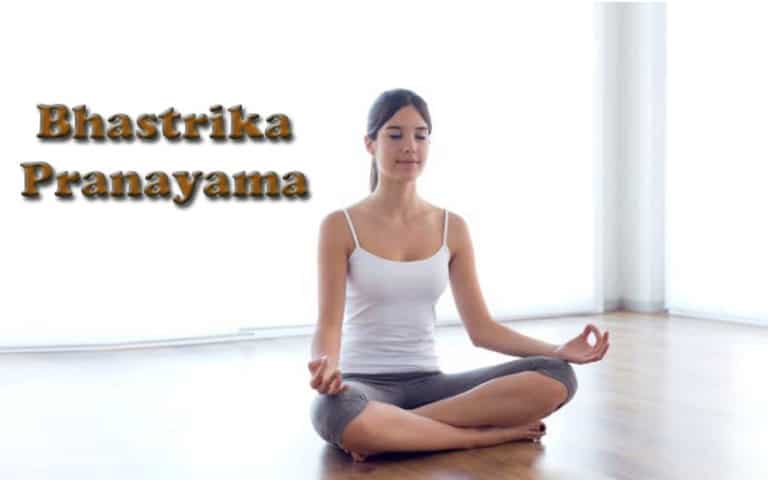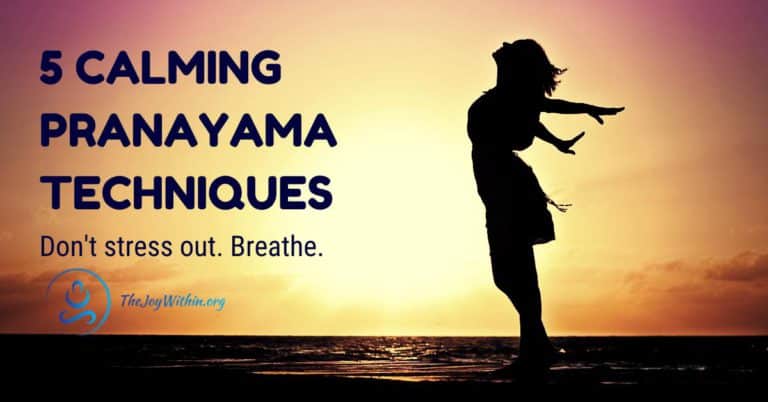We have all had moments where we have felt triggered, mentally exhausted, overwhelmed, or had difficulty focusing in a workspace. We may have also found there may not always be an accommodating space to gather and recenter yourself. This is where pranayama can be implemented as the accessible healing tool it is.
What Is Pranayama
Pranayama is a yoga technique used to strengthen the mind’s ability to focus and clear away illusion or in yogic texts, maya. Pranayama is Sanskrit which translates as prana meaning the life force energy that sustains all life and ayama meaning to extend or control.
This means pranayama is the act of focusing and extending the breath. It produces a meditative state that one can use absolutely anywhere as we are always breathing. The practice does not require any special tools simply you, your breath, and your awareness.
Often times pranayama is included after yoga asana or the physical movement-based practice of yoga. Commonly in a 90-minute yoga session, the pranayama would be about ten minutes.
What Are The Benefits Of Pranayama
Pranayama produces many benefits from mental clarity, stress relief, and strengthening mental concentration. It also has numerous physical benefits that include expanding the lung capacity, improving digestion, treating allergies, regulating blood pressure, and lowering cortisol production.
Emotionally pranayama can help regulate emotions and treat disorders such as depression and anxiety. For treating anxiety it is important to focus on a longer exhale as this works to activate the parasympathetic nervous systems.
For treating lethargy and depression one can experiment with focusing on and lengthening the inhale as this works to activate the sympathetic nervous system, to warm the body, and to energize it.
Pranayama can either heat and energize or cool and calm the body. To learn more about cooling versus warming pranayama click here.

Pranayama Techniques
The goal of pranayama is not to developed any specific complex technique or to be able to hold a breath retention for one minute. The goal is to cultivate mental focus, become aware of the subtleties within the body, and to clear the energy field.
This means these practices can be performed in the workplace when you find yourself needing a little bit of extra nourishment. We have compiled a list of some basic pranayama techniques with various effects to get you started.
Ujjayi
A great place to begin practicing pranayama is with ujjayi breathing. It is a basic and beginner breath technique that works as a mental anchoring point through creating an audible ocean breath.
To practice, this breath technique creates an audible breath. Imagine you are fogging up a window with your breath similar to an ocean sound or Darth Vader. Keep this slight contraction in the throat on the inhale as well as the exhale. Keep both the inhale and the exhale at the same volume and length.
Lion’s Breath
Use this pranayama technique to energize the body or form a release for mental fuzziness, heavy emotions, or feeling mentally overwhelmed. Click here to learn more in-depth the benefits of and how to perform lion’s breath.
This practice is done by inhaling through the nose and sending the tongue out of the mouth upon exhaling. It works to tone the face and neck, cleanse bad breath, and release one from a mental fog.
The Breath of Fire
This is a powerful heating and energizing pranayama technique. The breath of fire technique also known as kapalabhati, works while you focus on the exhale instead of the inhale. By creating a deep and full exhale the natural reaction is to then sharply inhale.
This breathing technique continues to fully exhale quickly and rapidly inhale. This creates much internal heat and quickly energizes the higher three chakras while pumping the body full of energizing prana.
This technique is a great way to naturally boost low energy levels and can help you think more clearly due to the increased flow of oxygen to the brain.
Incorporate a Mantra
When looking to create more calming effects you can incorporate a mentally chanted mantra on each of your exhales. For example, mentally chanting the mantra Karuna Hum that works to invoke deep compassion and open the heart chakra on your exhale will help to slow down and lengthen your exhale. Which then, in turn, creates a deeper calming effect within the body.




